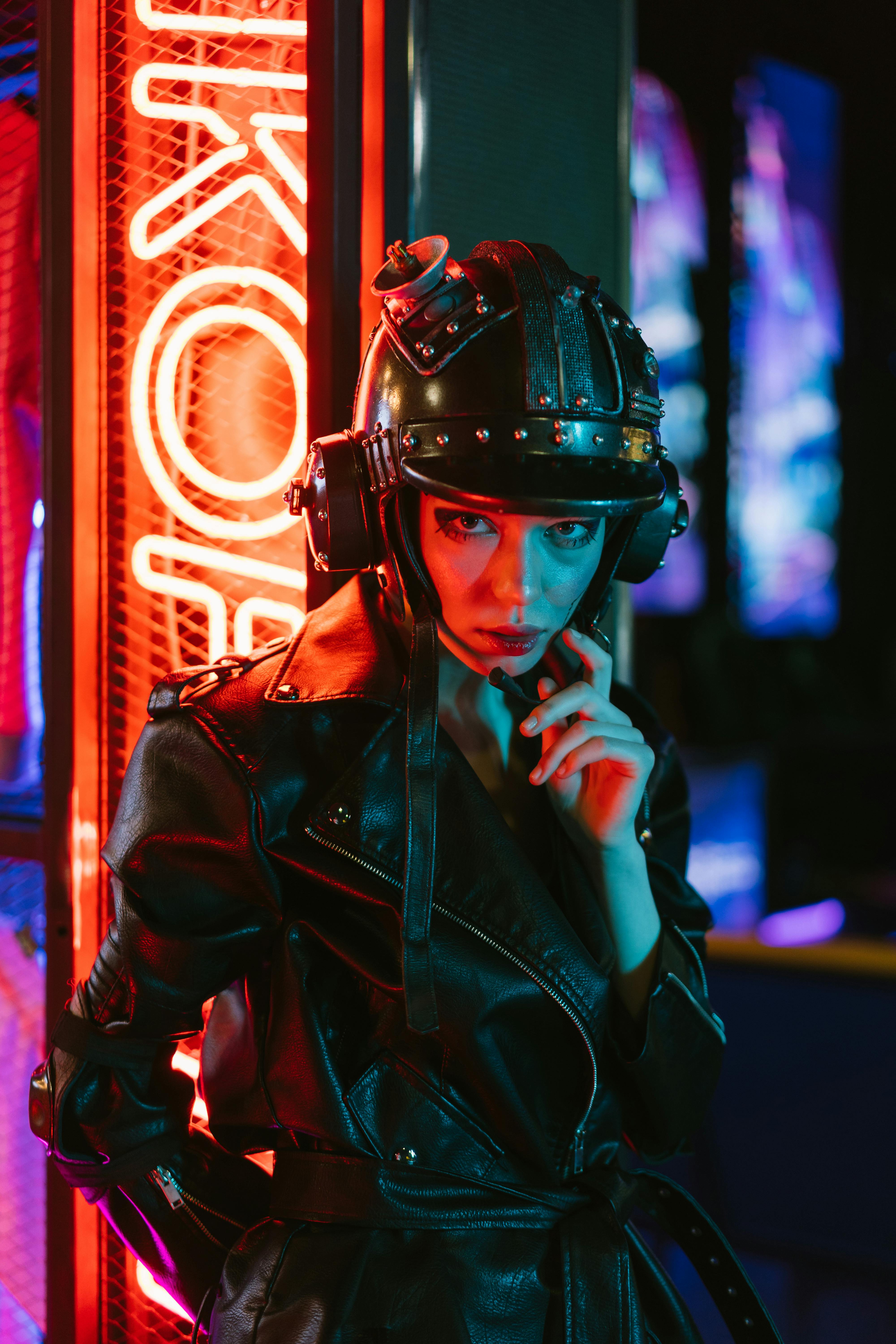The Cinematic Universe of Neon Noir
In the pulsating heart of contemporary cinema, a new genre is emerging, blending classic film noir aesthetics with vibrant neon hues and futuristic landscapes. This captivating fusion, known as neon noir, is redefining visual storytelling and captivating audiences worldwide. As filmmakers experiment with bold color palettes and dystopian narratives, neon noir is carving out its own unique space in the cinematic landscape, challenging traditional noir conventions while paying homage to its roots.

Aesthetic Fusion: Where Past Meets Future
At its core, neon noir is a marriage of classic noir elements and futuristic aesthetics. The genre retains noir’s core themes of moral ambiguity, corruption, and existential dread but transposes them into hyper-stylized, often futuristic settings. Neon-lit cityscapes replace the shadowy alleyways of traditional noir, while hard-boiled detectives find themselves navigating complex digital worlds alongside the gritty streets of their predecessors.
Technological Influence on Storytelling
The rise of neon noir coincides with rapid technological advancements, allowing filmmakers to create increasingly immersive and visually stunning worlds. CGI and advanced lighting techniques play crucial roles in bringing these neon-drenched landscapes to life. This technological prowess enables directors to push the boundaries of visual storytelling, creating environments that are at once familiar and alien, comforting and unsettling.
Thematic Exploration in the Digital Age
Neon noir doesn’t just update the visual language of film noir; it also evolves its thematic concerns. While classic noir often dealt with post-war disillusionment and the darker side of human nature, neon noir grapples with contemporary anxieties about technology, surveillance, and the blurring lines between reality and virtual worlds. These films often explore themes of identity, memory, and the impact of technology on human relationships, reflecting our increasingly digitized existence.
Notable Works and Filmmakers
Several filmmakers have emerged as pioneers of the neon noir genre. Nicolas Winding Refn’s Drive and Only God Forgives are often cited as quintessential neon noir films, with their striking color palettes and moody atmospheres. Blade Runner 2049, directed by Denis Villeneuve, revitalized the genre for a new generation, expanding on the visual language established by Ridley Scott’s original. Other notable entries include Alex Garland’s Ex Machina and Panos Cosmatos’s Mandy, each pushing the boundaries of the genre in unique ways.
Impact on Popular Culture
The influence of neon noir extends beyond cinema, permeating other forms of media and art. Video games like Cyberpunk 2077 and the Deus Ex series have embraced the aesthetic, creating immersive worlds that players can explore. In fashion and design, neon noir has inspired bold, futuristic looks characterized by stark contrasts and vibrant colors. This cross-pollination of ideas has helped cement neon noir’s place in the broader cultural zeitgeist.
Criticisms and Controversies
Despite its growing popularity, neon noir is not without its critics. Some argue that the genre’s emphasis on style can come at the expense of substance, with visually stunning films sometimes lacking in narrative depth. Others contend that the genre’s often bleak and cynical worldview can be overwhelming or off-putting to some viewers. Additionally, there are ongoing discussions about representation and diversity within neon noir, as the genre grapples with updating noir’s traditionally male-dominated narratives for a modern audience.
The Future of Neon Noir
As technology continues to advance and societal concerns evolve, neon noir is poised to remain a relevant and dynamic genre. Emerging filmmakers are likely to push the boundaries even further, exploring new themes and visual styles within the neon noir framework. The genre’s ability to blend nostalgia with futurism makes it uniquely positioned to comment on our rapidly changing world, offering audiences a stylized lens through which to examine contemporary issues.
Conclusion
Neon noir represents a bold evolution in cinematic storytelling, marrying the timeless themes of classic noir with cutting-edge visuals and contemporary concerns. As the genre continues to grow and evolve, it offers filmmakers and audiences alike a unique space to explore the complexities of our modern world. With its striking aesthetics and thought-provoking narratives, neon noir is more than just a visual style—it’s a reflection of our collective anxieties, hopes, and fascinations in an increasingly digital age.





